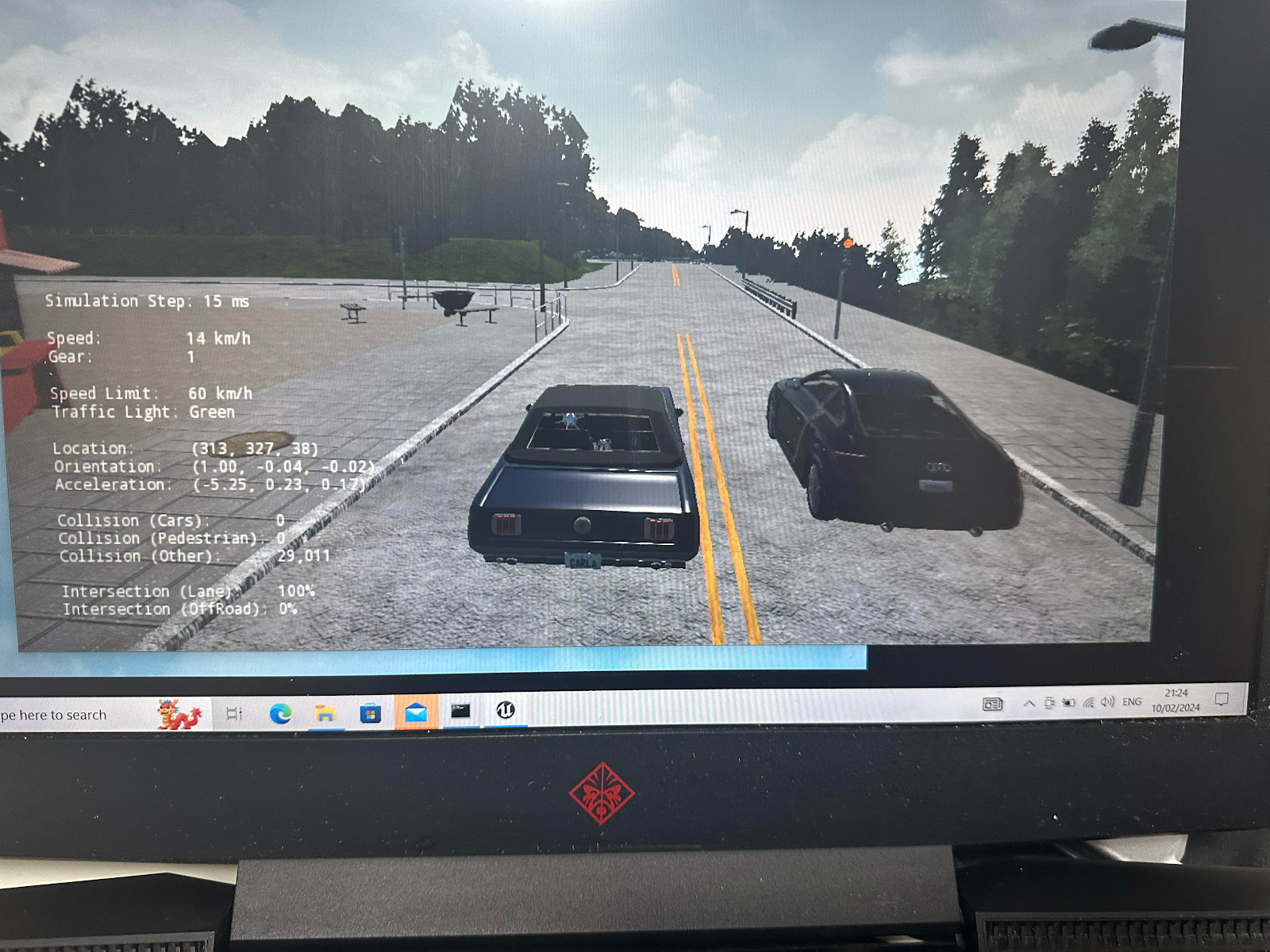[Day 40] Starting a Self-driving cars course by the University of Toronto
Hello :)
Today is day 40! (10 days left)
Today's summary:- Read more research papers (more like *tried* to read)
- Found an interesting Self-driving cars course by the University of Toronto
Before anything, I asked for pictures of the Korean Computer Science Conference (KCSE 2024) and they sent me.
Now, as for the research papers.
Here is a list:
Maybe it is a bit early for me to read papers, but I am interested. I felt like after images, videos is a natural progression (and also my interest), but if anything, the papers made me think what I can do. I felt like after the basics, the more complicated projects like multi object localization/recognition just require loading pretrained models because they are deeper than what my machine can handle and trained on way more data (and established as good models). Nevertheless, there is definitely benefit to writing models (as complicated as free ML platforms/my laptop allow me).
I think doing a simpe literature review at this stage would be too hard and I need a bit more understanding and practice (but that does not stop me tho, if I decide to do it).
After the Tesla and Andrej Karpathy talks, I got excited about self-driving cars. And as I learned - Tesla's autopilot is understadably extremely complicated. And I wanted to dip my toes in the field too. I found out that robotics is involved a lot. And understandably, self-driving cars are a massive projects that encapsulate many different aspects.
So on the topic of self-driving cars, I found a popular course offered by Univerity of Toronto on Coursera. And I signed up. From my searches online, I saw that Tesla might not even be number 1 when it comes to self-driving tech - there are Waymo and Cruise, which might even be considered better than Tesla. But I'm glad I found them, because it just broadens my awareness in the field.
The first thing I found was a definitions of the levels of self-driving
Apparently Tesla is level 2, and Waymo is Level 4 at the moment. Level 3*,4,5 is where a person is not driving, and 1,2,3 is where a driver is required.
I also did a bit of the University of Toronto course and here is a summary of some interesting things that I learned.
Some history:
The concept of self-driving cars dates back to the 1920s, with various experiments and predictions. GM even envisioned self-driving cars by 1976 in a promotional video which is kind of funny, and they soft-predicted these cars will be available in the 70s/80s.
Also there are strategies like reactive planning based on current conditions and predictive planning relying on accurate predictions of other vehicles/people/participants in traffic's actions.
The concept of self-driving cars dates back to the 1920s, with various experiments and predictions. GM even envisioned self-driving cars by 1976 in a promotional video which is kind of funny, and they soft-predicted these cars will be available in the 70s/80s.
In the 80s and 90s autonomous driving at low speeds and on highways was achieved.
Waymo and Tesla made the field more popular.
Perception in autonomous driving:
It involves identifying static and dynamic elements in the environment, predicting their movements, and localizing them through cameras, sensors, radars, lidar. Tesla that relies heavily on cameras could face different problems because cameras' vision might get challenged in adverse weather conditions, wheras lidar methods that use beams, overcome that particular challenge.
Other challenges in perception include sensor uncertainties, occlusions, reflections and data loss which require robust systems capable of handling ambiguous information and utilizing redundant sensor data.
Other challenges in perception include sensor uncertainties, occlusions, reflections and data loss which require robust systems capable of handling ambiguous information and utilizing redundant sensor data.
Decision-making:
There are long and short term planning.
- Long-term planning in autonomous driving involves setting high-level goals and trajectories, such as determining the route from one destination to another.
- Short-term planning focuses on immediate driving decisions, like lane changes and intersection maneuvers, based on real-time environmental factors and driving conditions.
This is an overall summary. The content is very new, interesting and different from my previous studies.
OH! I almost forgot! The course requires the use of Carla (some simulation tool for self-driving research) It looks like GTA haha but I am excited to use of for the practical tasks that come later.
That is all for today!
See you tomorrow :)





